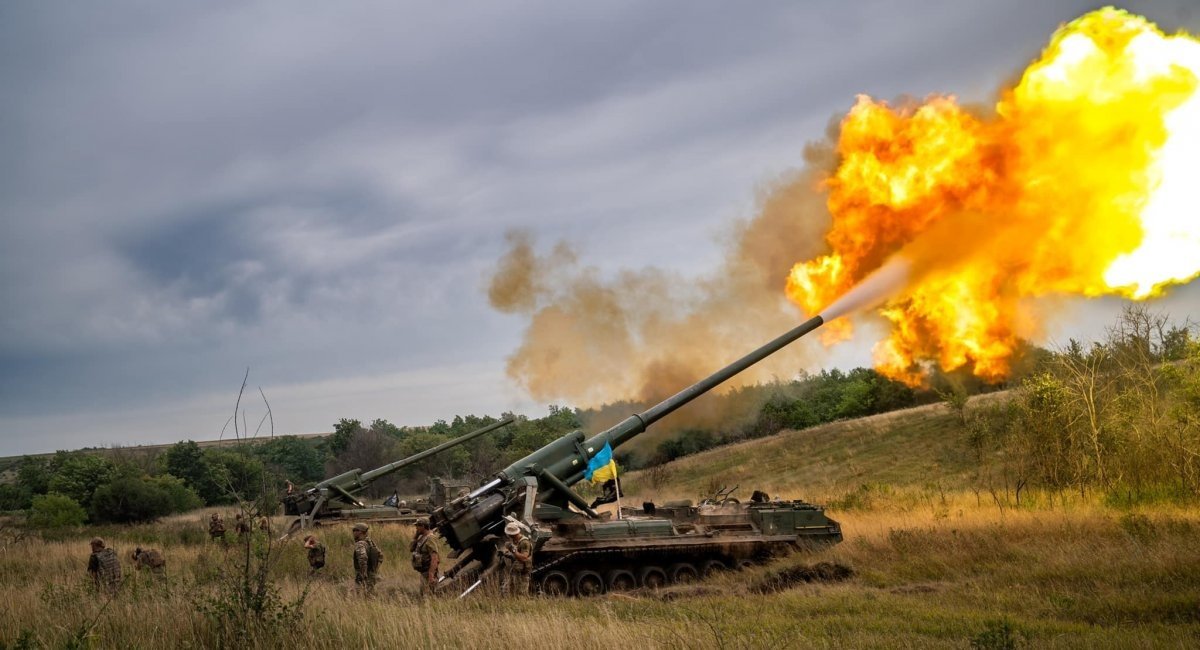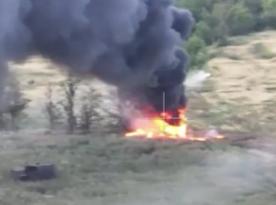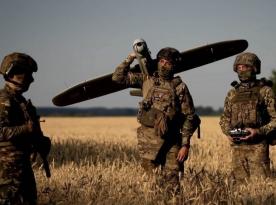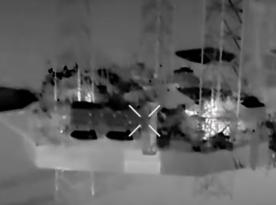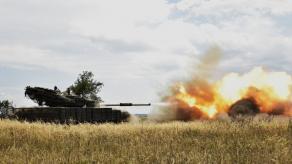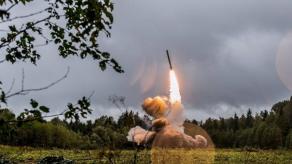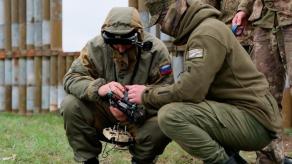The Polish Defence24 published an article by Colonel Piotr Lewandowski, who was a frequent participant in Polish army missions abroad. In his article, Lewandovsky decided to give his assessment of Ukraine’s Armed Forces actions during the liberation of Kharkiv Oblast and Kherson Oblast.
In fact, the counteroffensive of the Armed Forces of Ukraine in Kherson and Kharkiv Oblasts are components of one strategic-level operation to seize the strategic initiative from the enemy, and this operation will be finally completed only when Kherson or the Kherson region is completely liberated from russian invaders. According to NATO standards, such operations are called "surveillance operations" and can last several months.
Read more: Russia to Mobilize Students and Looks Closely at Migrants Under 50
This emphasis is important because in Ukraine’s media space there is still a distinction that the alleged counteroffensive of the Armed Forces of Ukraine in Kharkiv Oblast is a "primary" operation in terms of meaning, while the counteroffensive in the south of Ukraine was only a "distracting maneuver" and an "information operation."
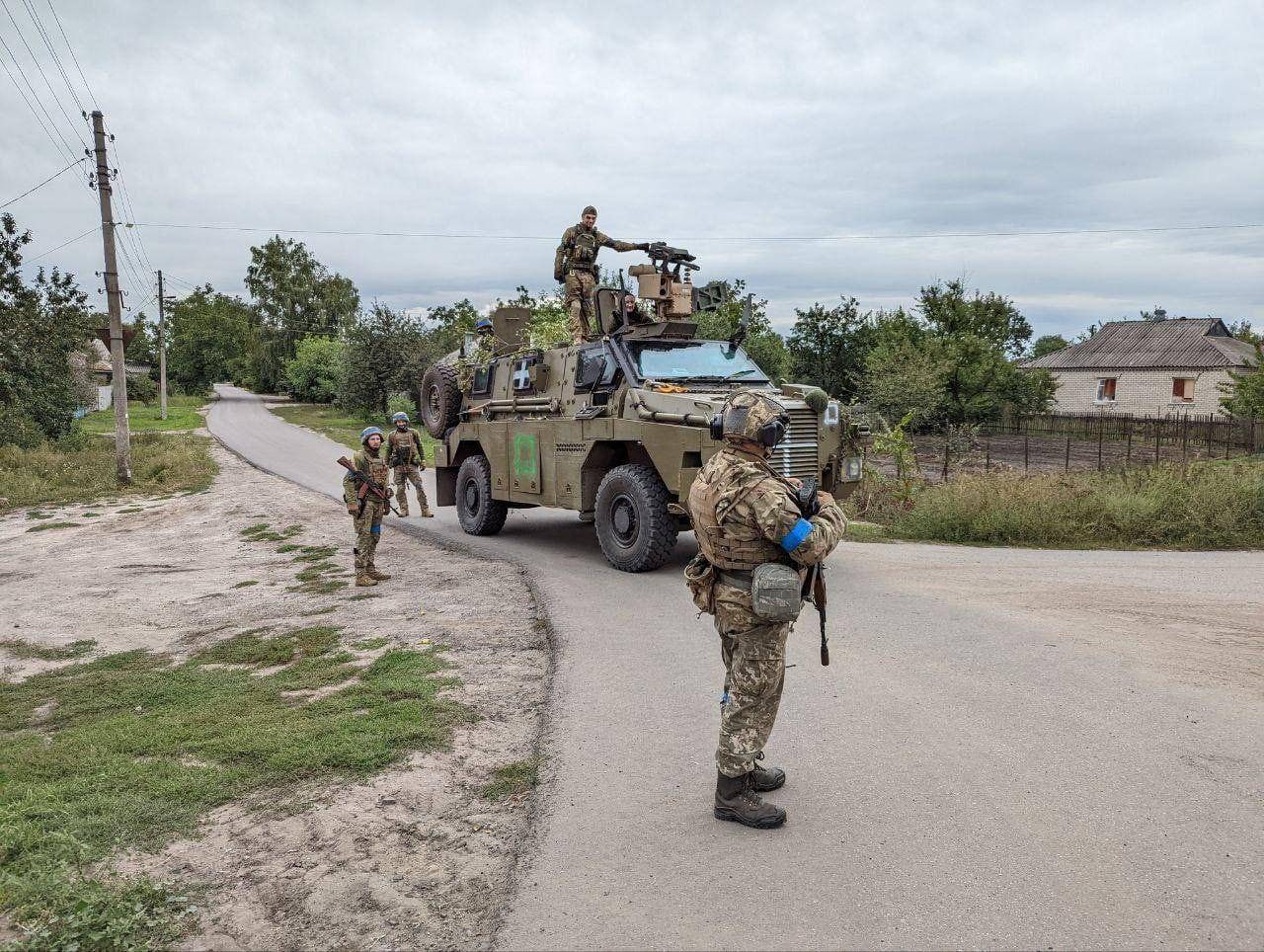
Indeed, Lewandowski indicates that "informational pumping" took place. But he saw the true task differently: the goal was apparently to convince russians that the Armed Forces of Ukraine were preparing only for an attack on Kherson Oblast. In fact, this goal worked partially, as even though russia transferred its best units from the Kharkiv direction to the Kherson bridgehead, the enemy's command actually predicted that the Armed Forces of Ukraine would begin to accumulate forces for an attack on Kharkiv Oblast.
Why did the russians "sleep through" the counteroffensive of Ukraine’s Armed Forces? Lewandowski gives the following explanation. Even after 6 months of war, the russian army did not get rid of the superiority complex towards Ukrainians. Although the command of russian occupying forces saw the accumulation of forces of our army, they believed that a) the strike would be in another place, and b) that our soldiers would not succeed.
However, the Armed Forces of Ukraine in this case were able to perfectly embody the "classics" of military art, for a breakthrough on a section of the front of 7 km, they accumulated forces that outnumbered the enemy in 10 times in the section of the breakthrough.

At the same time, russians significantly overestimated their strength, thinking that the 1st and 2nd Army Corps mobs would be equal replacement for the retired regular units. Nevertheless, the opposite happened: the first to "sprinkle" were the units from the 1st and 2nd Army Corps at the Izium bridgehead.
The retreat "technology" of the russian occupiers simplified the task of their annihilation for the Armed Forces of Ukraine. Because, for example, russians sometimes blew up bridges in Kharkiv Oblast in such a way that it blocked the way for their own troops to retreat. In addition to everything else, the haphazard retreat at the same time exposed the rear of the units of the 1st Tank Army, which actually allowed the Armed Forces of Ukraine to finally finish off this compound.
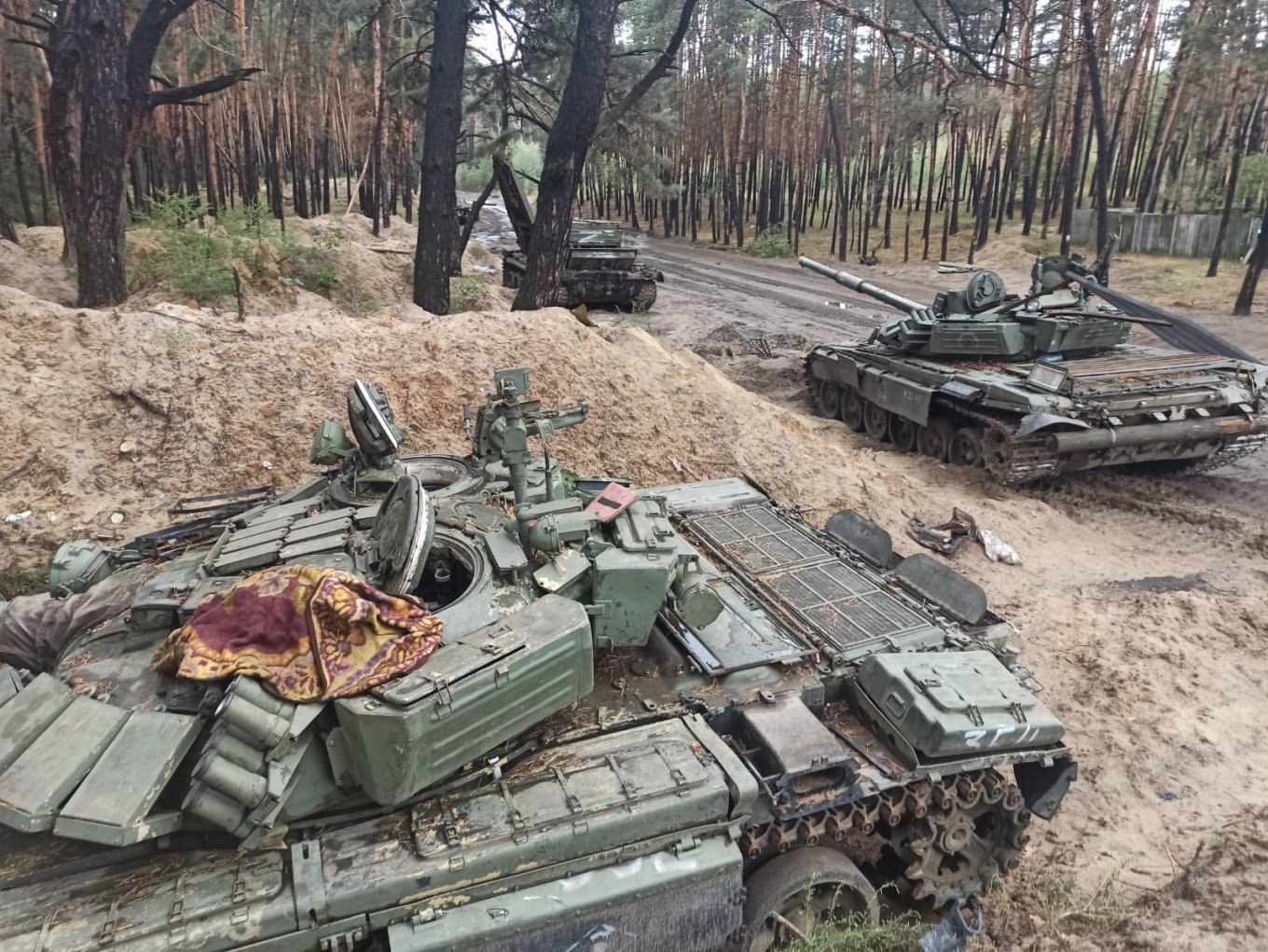
At the same time, Lewandowski claims that the General Staff of the Armed Forces of Ukraine developed a certain "gradation" of tasks when planning a counteroffensive in Kharkiv Oblast.
The "medium" task was to take the Kupyansk railway junction in order to collapse the railway logistics of the occupying forces in Donbas, and remove the threat of russia’s offensive on Kramatorsk and Slovyansk.
Seeing rapid success, the Armed Forces of Ukraine Command immediately moved on to the implementation of the "maximum" task, which was liberating Izium and maximally clearing Kharkiv Oblast from the occupiers.
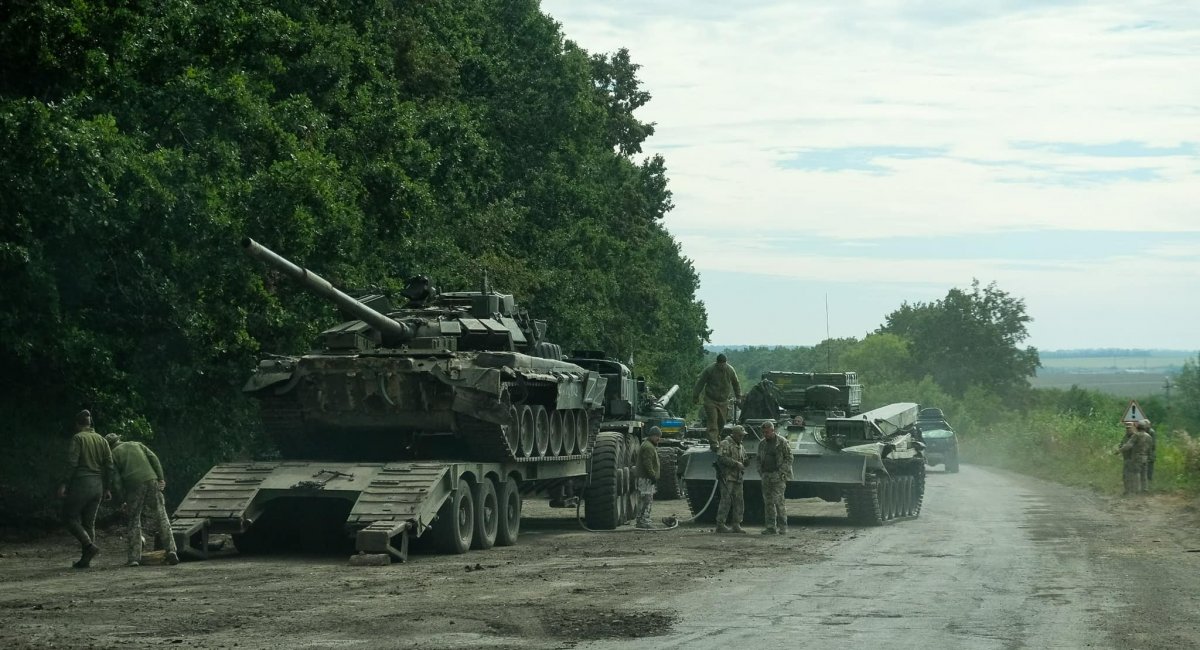
Lewandowski also suggests that when planning a counteroffensive in Kherson Oblast, the General Staff of Ukraine built the following "gradation" of action plans: 1) rapid cutting of the enemy's battle formations into two "cauldrons", or 2) slow "squeezing" of the enemy along the entire front line with powerful artillery support.
The author separately emphasizes that, having launched a counteroffensive in Kherson and Kharkiv Oblasts, the Armed Forces of Ukraine conducted an operation of a strategic level, and it may take several months to achieve its final results.
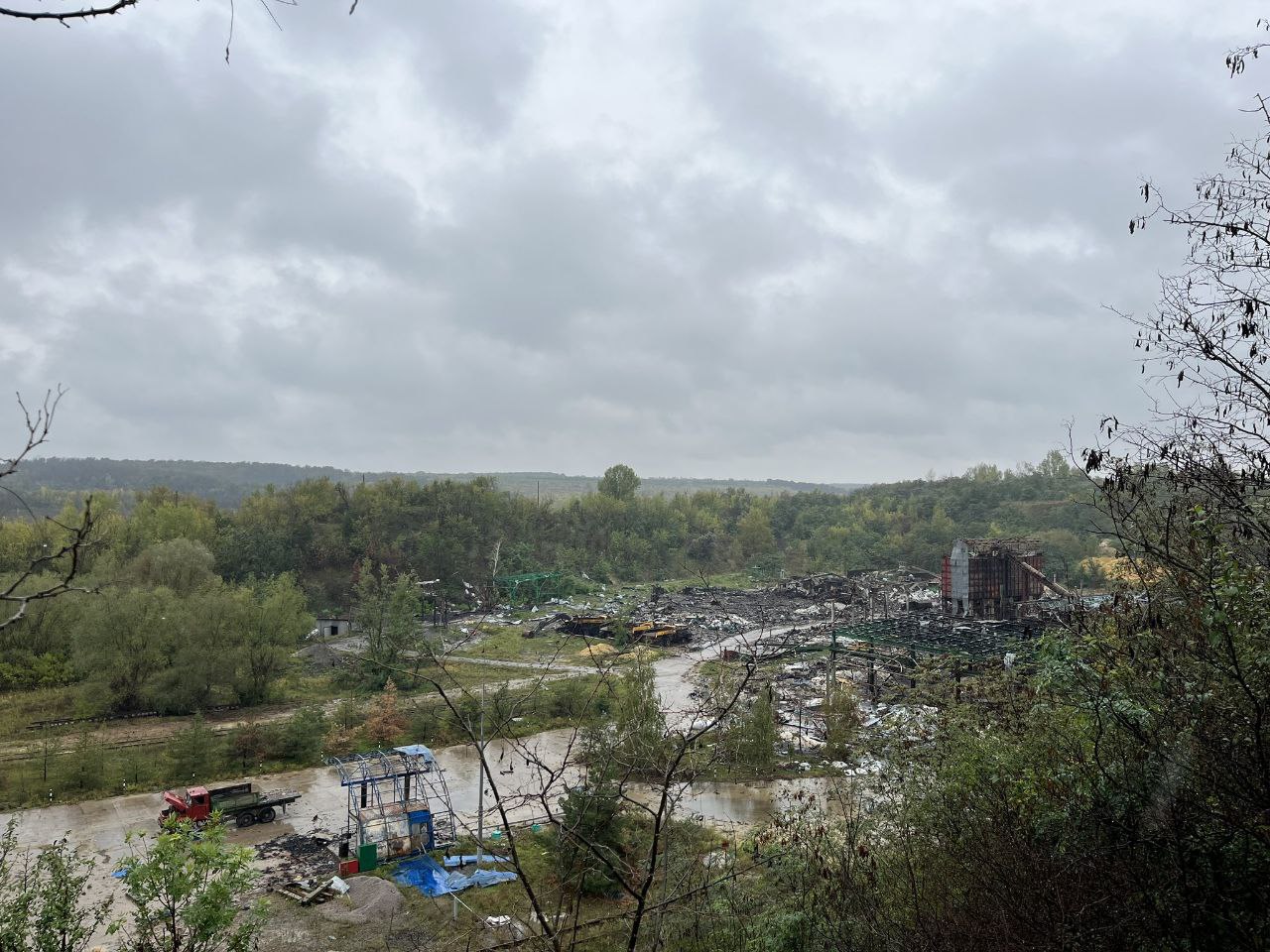
Read more: 215 Days of the War: russian Casualties in Ukraine




